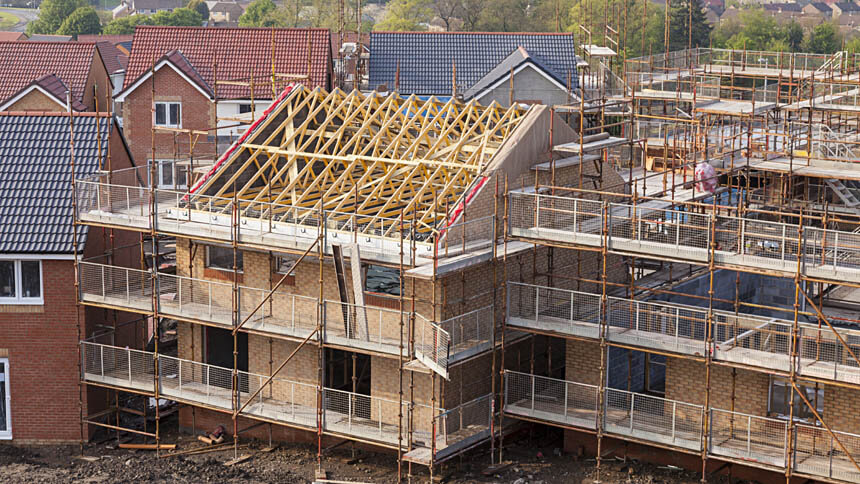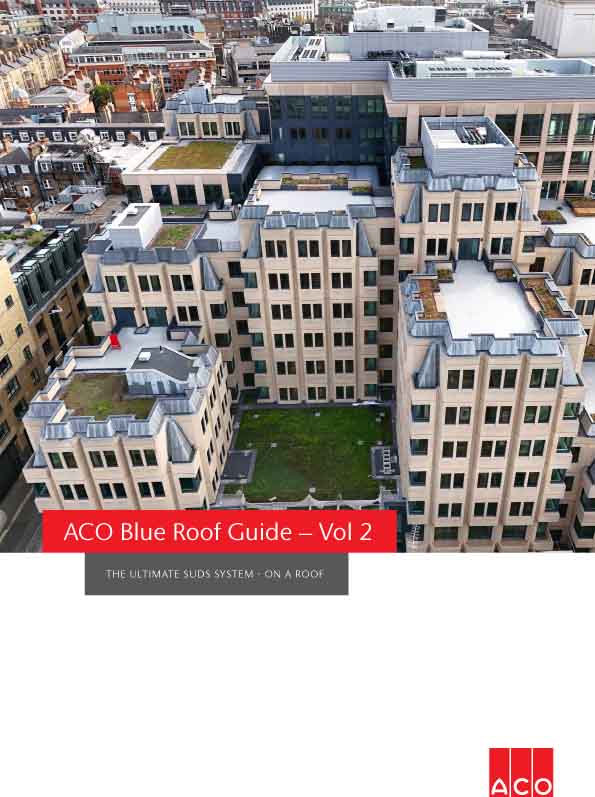The House of Lords Built Environment Committee has published its report, ‘The impact of environmental regulations on development’.
It calls for the Government to show a strong display of political leadership to deliver and implement a comprehensive strategy for both driving development and protecting the environment.

The key points of the
report
include:
There is a real risk that the Government will miss both its housing targets and its environmental ambitions. It should be possible to deliver both new development and improve the environment, but a lack of leadership and poor implementation is limiting opportunities to do this. The Government needs to show a strong display of political leadership to deliver and implement a comprehensive strategy for both development and the environment.
Housebuilding targets should be given statutory weight, giving them an equal status with environmental goals.
During its inquiry the committee heard that 45,000 new homes per year may not be delivered because of recent Natural England advice on the nutrient, water and recreational applications of the Habitats Regulations. At the same time, 61% of the country’s Sites of Special Scientific Interest are in an unfavourable condition.
The Government is failing to provide sufficient support for smaller developers. Effective moratoria on housebuilding caused by advice such as nutrient and water neutrality risk putting small developers out of business in affected areas. All public sector development mitigation schemes should prioritise provision for small and medium-sized developers. These developers are also being disproportionately burdened by the new requirement to deliver biodiversity net gain. By allowing them to deliver offsite solutions and ensuring demands are not made ahead of statutory deadlines the Government can ensure these vital local businesses are able to survive.
Brownfield development is being stymied by the interaction between planning permissions and permitting. The Department for Levelling Up, Housing and Communities should work with the Department for Environment, Food and Rural Affairs to review planning and permitting requirements for brownfield land and eliminate overlap.
Lord Moylan, Chair of the Built Environment Committee, said: “The current approach to managing any conflict between new homes and the needs of the environment is failing to deliver for either side.
“Our inquiry found that the achievement of the Government’s housing and environmental policies has been hampered and sometimes completely blocked by lack of co-ordination in policy-making and haphazard and unbalanced implementation.
“There is no way the Government can deliver on its housebuilding targets unless it is brave and displays the political leadership necessary to deliver and implement a comprehensive strategy for both development and the environment.
“A good starting point would be to give housebuilding statutory weight which would ensure it has equal status with environmental goals. After that, coherent, cross-government plans should be developed to address major pollutants and to ensure that money is expended where it will have the most impact. This cannot happen overnight. We must be prepared with a long term plan.”
Other findings from the Lords’ report include:
- The committee heard evidence of unresponsiveness, time-consuming duplication, delay and overlapping responsibilities on the part of Government Departments and of Natural England and the Environment Agency. It heard of Integrated Plans which lacked a strategy for their implementation. The committee encountered a confusing and unclear policy landscape where Government guidance has made the situation worse, not better.
- The current approach is not effectively protecting or improving the environment. Local habitats and species are not fully understood or considered in the round, isolated pockets of mitigation are not addressing system-wide pollution or the ingrained impact of historic decisions.
- The lack of managed credit-purchase mitigation schemes for specific pollutants or in certain areas is restricting developers' ability to gain planning permission. Mitigation networks, organised by Natural England, should be created to share expertise and learning between affected local planning authorities.
- Communication and guidance available for developers is often unclear or lacking. The committee heard an example of where Government went against its advisory body’s recommendation that guidance should be issued in advance of the effective moratorium on housing. The Government and statutory bodies must meaningfully consult local planning authorities on new advice and policy which will have an impact on their decision making as competent authorities.
The Home Builders Federation responded to the report: “The report recognises our key concern that whilst doing nothing to improve the state of our rivers, the political failure to find a solution is exacerbating our already critical housing crisis.
"The impact of the mishandling of the issue by politicians and Government quangos is having a devastating impact socially and economically, in particular on SMEs.
"With proper leadership it is eminently possible to deliver the homes the country needs and enhance our natural environment and after four long years of failure we urgently need politicians to implement a solution."




















